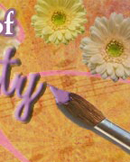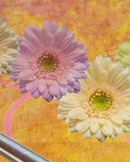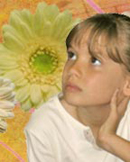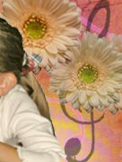E. Paul Torrance, a leading researcher on gifted education and creativity, defines creativity as a process that mirrors the scientific method. He also maintains that four elements are essential in order for a person to be creative:
- flexibility
- fluency
- originality
- elaboration
He found that flexibility is needed in order to approach problems differently, shift perspective, and handle the unexpected. Fluency is the ability to keep the creative process flowing in a meaningful direction and generating many ideas. Torrance refers to originality as the ability to come up with an idea that no one else has tried, or to piggyback on an idea that needs more experimentation to finally work. Elaboration is expanding on the idea to take it to the next level of development.
In Summary
At this point you are ready to find or develop your own personal definition of creativity. It is wise to make sure that it is grounded in, or builds upon, one or more of the definitions found in this week’s literature. This helps make sure that you have considered key issues and concepts. It also helps you to examine your definition critically, to communicate effectively to others and to test and compare it with the thinking of others, and to hold it open for future modification.
As you begin to define creativity, think about your past experiences. What were your fondest memories of school — taking a standardized test or working on the diorama of the Everglades? Do you remember being encouraged to elaborate, to allow your original ideas to flow, or to embrace a flexible perspective? How will your definition of creativity impact your instruction?






